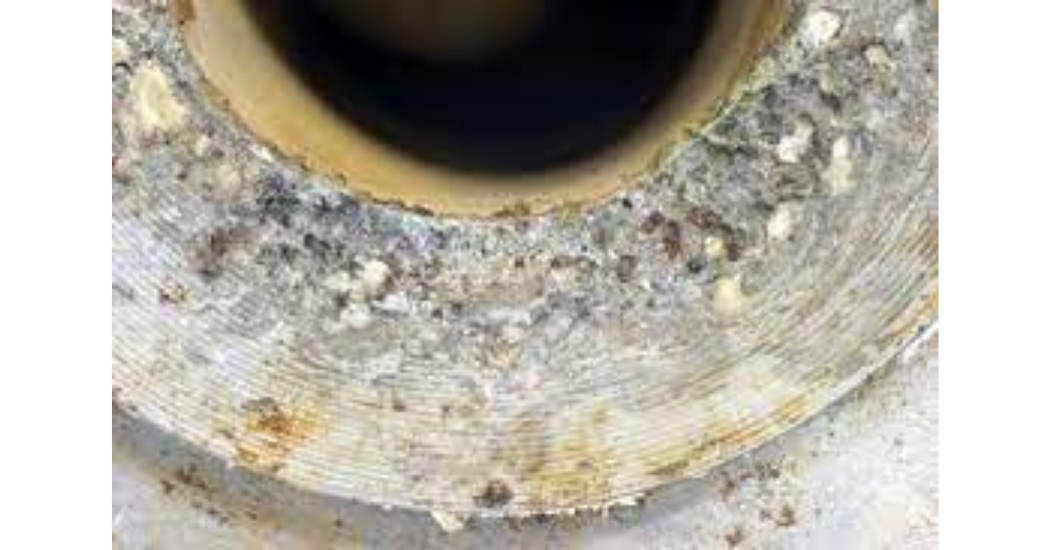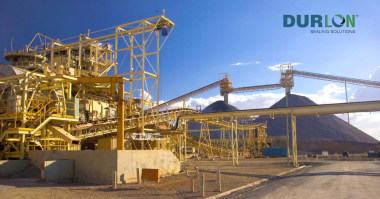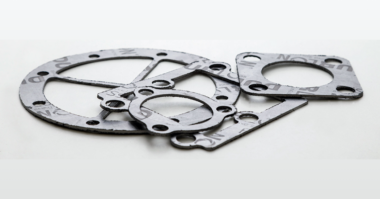Shutdowns cost industry millions. And a significant impact on operating costs can be due to corrosion, or damaged flange faces. When corrosive media meets the sealing surfaces of facing flanges a leak WILL occur. So, flange maintenance is an important step to help prevent leakage.
Flanges can go through two types of corrosion in their lifetime; Pitting and Crevice. Pitting Corrosion occurs on the flange face and often appears in clusters or groups. This type of corrosion causes small cavities, or pits, to form on the surface of a material. Pitting corrosion is best prevented by proper alloy selection. See Pitting Resistance Equivalence Number (PREN). The very high rate of Crevice Corrosion occurs when there is a build-up of concentrated substance between two adjoining flanges. This type of corrosion can be very damaging because it is not easy to inspect the areas where it is occurring.
Currently, the method of monitoring flange damage is to disassemble the joint and visually inspection of the surfaces. This is not ideal due to down time and cost. There has been some development with using some non-destructive techniques to inspect the amount of corrosion to the flange.
Prevention Methods
Maintenance paints is the most common method to prevent corrosion. Maintenance paints are commonly epoxy- or urethane- based. Most maintenance paints will bond directly to the substrate as a hard coating. When using maintenance paints there must be a perfect amount applied, if the paint is too thin, the area will be ineffective and if the paint is too thick, it will cause seizing to the fastenings. Since there are lots of different angles and flange shapes, you may not be able to coat the whole area. After the flange is inspected, another layer of coating may need be applied. A benefit to using maintenance paints is that it does not require hot work or specialist equipment.
Mechanical solutions are generally rigid coverings or clamp encapsulated to the flange or the void between the flanges. These covers and clamps are made from stainless steel or plastic and incorporate a rubber seal.
Another solution is the usage of tapes or semi-solid tapes. Tapes can be composed of petrolatum, wax, or visco-elastic polymers embedded into fabric for wrapping. These are used specifically for their waterrepellent nature of semi solid polymers.
All the preventative methods have some pros and cons. There is no solution out there to completely prevent corrosion from happening, but regular maintenance and inspections can help prevent rapid corrosion.
4 Ways to Repair Corroded Flanges
- Remove the damaged flange and weld on a new one
- Machine the sealing face or ring grove within the flange tolerance
- Add material to sealing face or ring grove and then machine within flange tolerance
- Add a polymer composite to rebuild the flange face
3 Factors of Influence During Operating Conditions
- Corrosive agent concentration
- Purity of corrosive agent
- Temperature of corrosive agent (the higher the temperature the more rapid the corrosion)
Some flange materials are subject to stress corrosion cracking. This fact must be considered when selecting the gasket type and material. When a proper gasket is selected it can help prevent flange corrosion from aggressive chemicals.
There are also different type of flange faces and the gasket needs to adhere to the proper type of flange face. When dealing with chemical oxidizers/HF acid it is important to select a strong gasket that will prevent corrosion. Chemical oxidizers/HF acid do well with raised faced flanges and a PTFE gasket for a class 150. It also does well with Spiral wound gasket with a graphite or PTFE filler at class 150, 300 and 600. PTFE can handle most of the stronger oxidizers if the temperature is below 260°C. Modified PTFE also works because it is chemically inert and stable.
As a preventative solution on plant equipment and to prolong its life and avoid costly shutdowns, using recommended torque values and proper bolting techniques when installing a gasket and regular inspections can prevent rapid corrosion from happening.




